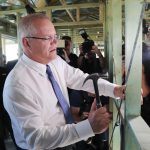Combating COVID-19 and climate change
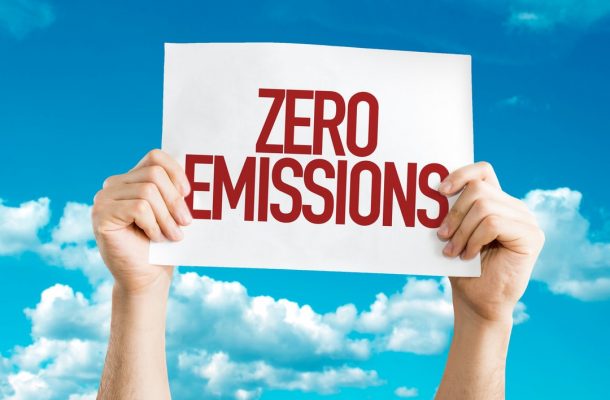
Australia’s Prime Minister, Scott Morrison, is already talking about the “snapback” – the future time when the extraordinary measures he’s taken to keep the economy afloat during the coronavirus crisis are withdrawn.
In this time ahead, the government is also trying to revive the economy through stimulus spending.
ClimateWorks Australia, which works within the Monash Sustainable Development Institute, has released a report that argues this period of transition will provide a golden opportunity to cut the carbon emissions generated by industry, agriculture, transport and households – across the entire economy.

The report, Decarbonisation Futures, was commissioned well before the COVID-19 pandemic stopped the world in its tracks. It looks at whether Australia has the capacity to achieve net-zero emissions so that global warming can be limited to below 2 degrees Celsius by 2050 (189 countries committed to the Paris Agreement, of which 121 countries, responsible for 25 per cent of the world’s emissions, have net-zero ambitions).
Not only is this possible, but much of the heavy lifting can be done by technologies that are already with us, the report found. If Australia makes an “all-in” effort, it can achieve net-zero emissions by 2035, and so contribute to the push to reduce warming to 1.5 degrees.
During the past six years, the world has “seen tremendous technological progress”, says Amandine Denis-Ryan, head of national programs at ClimateWorks. “And that’s the really good news … we are now really able to imagine a world with zero emissions.”
The report argues that fast-tracking the deployment of existing green technologies “can support efforts to rebuild from the shock of the COVID-19 pandemic”. Its recommendations include:
- Upgrading existing residential and commercial buildings to increase their energy efficiency
- Investing in large-scale renewables and storage while phasing out fossil fuels
- Supporting a circular economy with more recycling and local supply chains.
Australia already has the ambition to pursue this course, Denis-Ryan says.“We have the agreement on what needs to happen,” she says. “All the states and territories have set net-zero targets.”
Big local companies including Qantas, Rio Tinto, Atlassian and Mirvac are also on board, and the government has signed the Paris Accord.
“The report aims to provide guidance on what that actually looks like,” she says. “What does it mean in terms of implementing solutions and reducing emissions across sectors in this decade and to 2050?”
ClimateWorks has looked at this question before – in 2014.
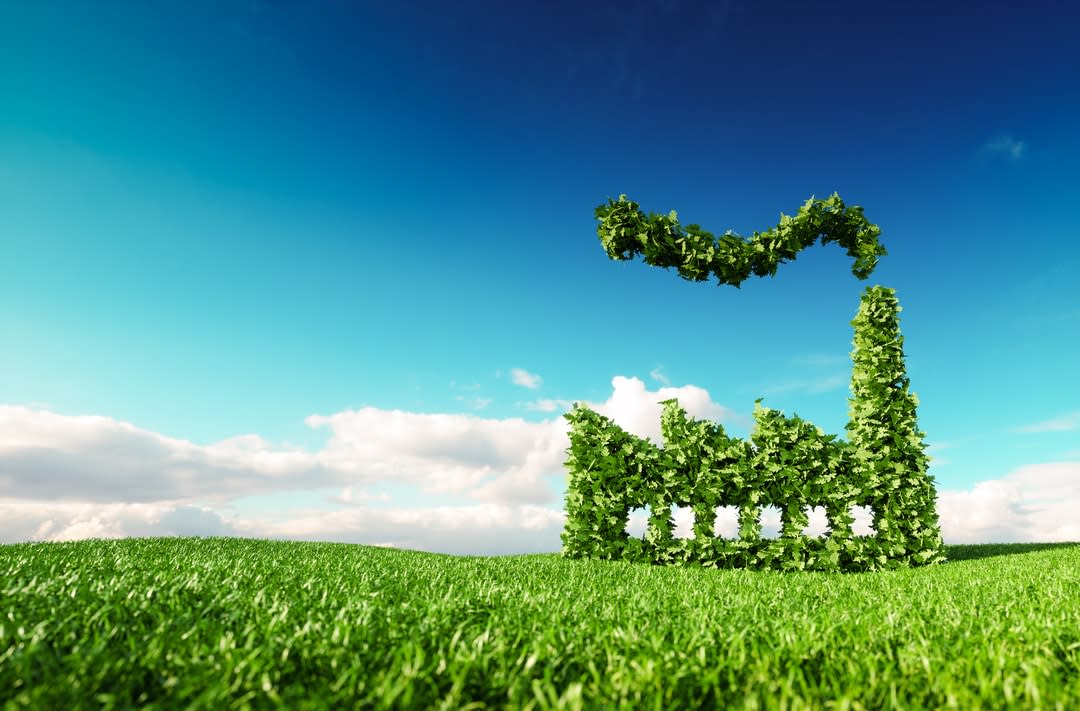
That report, Pathways to Deep Decarbonisation, was developed with the ANU and the CSIRO. It found “we could reduce emissions significantly, but we needed to rely on carbon in forestry – i.e., tree planting – a fair bit in order to achieve net-zero emissions,” Denis-Ryan says.
“Whereas, in this new report, we have found that technologies have now been invented that can allow us to either reach zero emissions or near-zero emissions pretty much across all sectors.”
The report models how the two targets of 1.5 degrees warming and also of 2 degrees warming can be achieved.
Since 2014 “we’ve lost time”, she says. “The carbon budget has reduced. At the same time, there’s more pressure and interest globally in limiting global warming to well below two degrees, 1.5C if we can, because we’re now seeing the increased impacts of climate change.”
Climate records show our planet’s temperature has already risen by more than one degree; Australia’s recent, catastrophic bushfires are one likely result.
“So, the world is really pushing for increased ambition while we have decreasing time,” she warns.
On the positive side, the new report demonstrates how “human creativity” has been applied to the problem, she says.
“In the past six years, there’s been a lot of incentive to think about how to do things in a zero emissions way.”
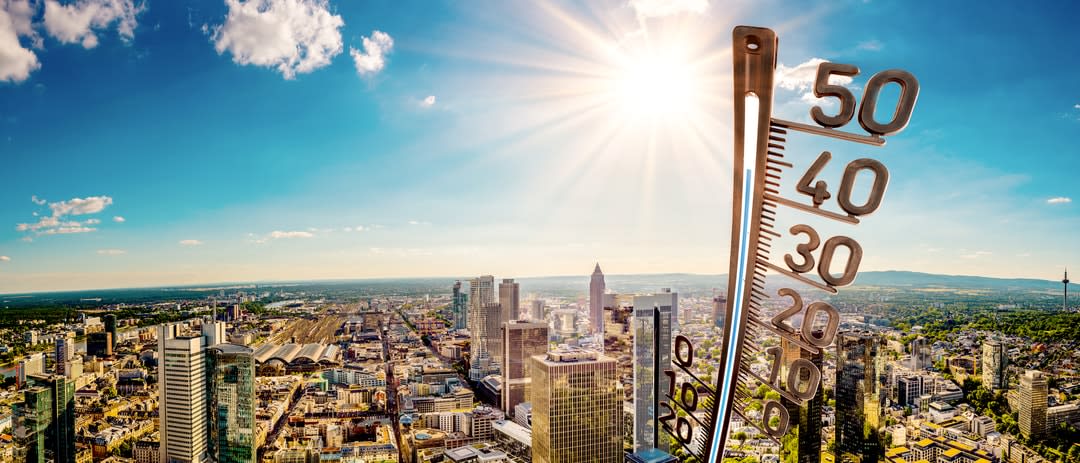 The 2014 report identified a number of “pain points” – cement, iron and steel production, for example – where decarbonised alternatives were not yet in place. Since then, a number of green strategies have emerged in the construction industry. For example, engineered timber was recently used to build a 10-storey office tower in Brisbane, instead of the usual concrete and steel.
The 2014 report identified a number of “pain points” – cement, iron and steel production, for example – where decarbonised alternatives were not yet in place. Since then, a number of green strategies have emerged in the construction industry. For example, engineered timber was recently used to build a 10-storey office tower in Brisbane, instead of the usual concrete and steel.
In addition, renewable green hydrogen could prove particularly useful in metals smelting – where fossil fuels are currently used as a “reductant agent” – or to generate very high heat in industrial sectors such as metals, chemicals, cement, and ceramics.
Moving on livestock carbon emissions
In the food and agricultural sectors, concern about carbon emissions in livestock has seen the spectacular rise of meat and dairy alternatives. (The share price of Beyond Meat rose by 700 per cent in the three months after its release.)
In parallel, enteric fermentation treatments, aimed at reducing methane emissions in cattle, have also been in development. One is a vaccine that could be administered by drone. Denis-Ryan concedes that “this sounds like science-fiction, but it could become reality this decade”.
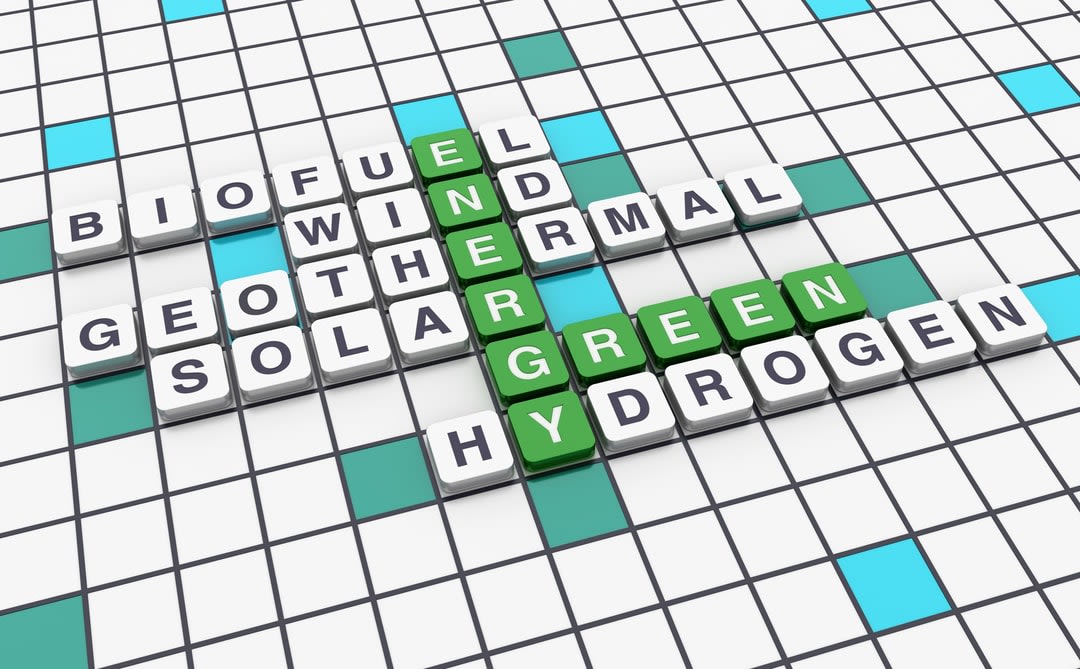
Algae-based feeding substitutes can also reduce methane emissions, but aren’t yet commercially available, she says.
But it’s the giant strides that have been made in producing, storing and distributing renewable electricity that will do the most to make a zero-emissions future possible, she says. To take one example, battery costs per kilowatt hour are now 80 per cent cheaper than they were in 2010.
Electricity can be substituted for most of the fossil fuels in use today, she says.
In the home, for instance, electric alternatives can easily be found for gas stoves, heaters and hot-water services. Three million electric cars are already on the world’s roads – a greater range of models is available in overseas markets, and will eventually make their way to Australia, she predicts.
The cost of electric cars is expected to be the same as traditional cars by the middle of this decade. The Australian government is already anticipating a significant switch, projecting that by 2030, one in five new vehicles will be electric.
“The cost of electric cars is expected to be the same as traditional cars by the middle of this decade.”
According to the report, if this became three in four, it would help road transport get on track to reduce emissions enough to limit global warming to 1.5 degrees. (And a scenario where half the cars are electric would help limit warming to 2 degrees.)
In the same way, the federal government projects that 48 per cent of electricity will be generated by renewables by 2030. The report finds that raising that figure to between 70 and 74 per cent could enable Australia’s electricity generation to play its part in keeping global warming to 2 degrees or less. Generating 79 per cent of our electricity from renewables in 2030 will help Australia play its part in keeping warming to 1.5 degrees.
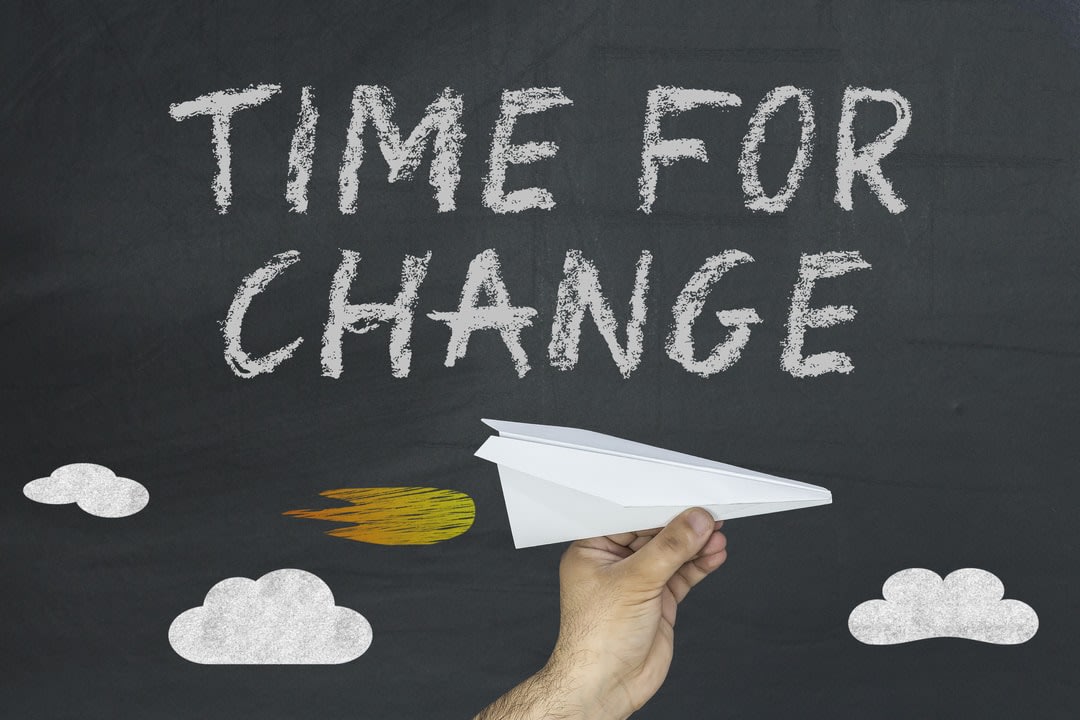
Call for strong government action now
Stronger action by government, business and individuals is needed now, the report says. “This is the transformational decade,” it says. “Research shows that the years before 2030 offer a window for action that will not stay open.”
COVID-19 represents “the biggest risk and the biggest opportunity for the climate transition”, Denis-Ryan says. “Usually in economic crises, you see a small drop in emissions for a short time, but then a big rise in emissions afterwards, because everybody’s focused on economic recovery and growth.”
She argues that this time around, the stimulus spending “could be oriented towards technologies and assets that are going to be required to accelerate the transition to near zero emissions”.
“That could deliver a double win with the same socio-economic outcomes that a normal economic stimulus package would have provided – new jobs, economic regional growth, and so on.
“But at the same time, you make sure that those jobs are in sustainable industries that are going to contribute to reducing emissions, reducing the risk for the country to face the impact of climate change in the future.”
Before COVID-19, the government said it believed technology could help Australia reduce its carbon footprint. Those technologies are now available.
“They could give Australia a competitive advantage in the future and offer opportunities for new exports,” Denis-Ryan says.
How optimistic is she that the Morrison government will see the problem in the same light?
“In my job, I have to be very optimistic,” she says. “And I do really believe that this could be a silver lining for a very tragic crisis.”
This article was published by Lens.
Open Forum is a policy discussion website produced by Global Access Partners – Australia’s Institute for Active Policy. We welcome contributions and invite you to submit a blog to the editor and follow us on Twitter, Facebook, Linkedin and Mastadon.








